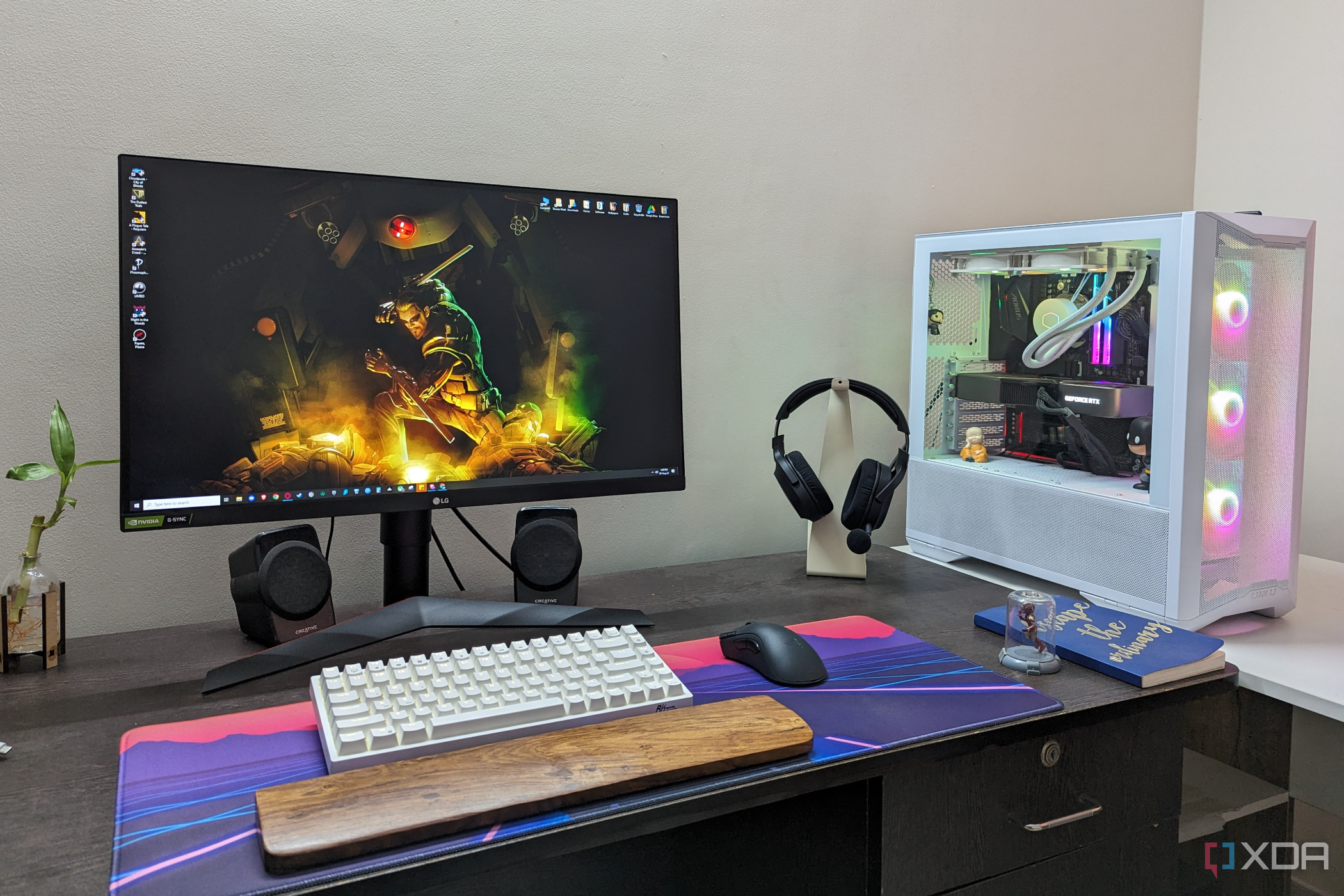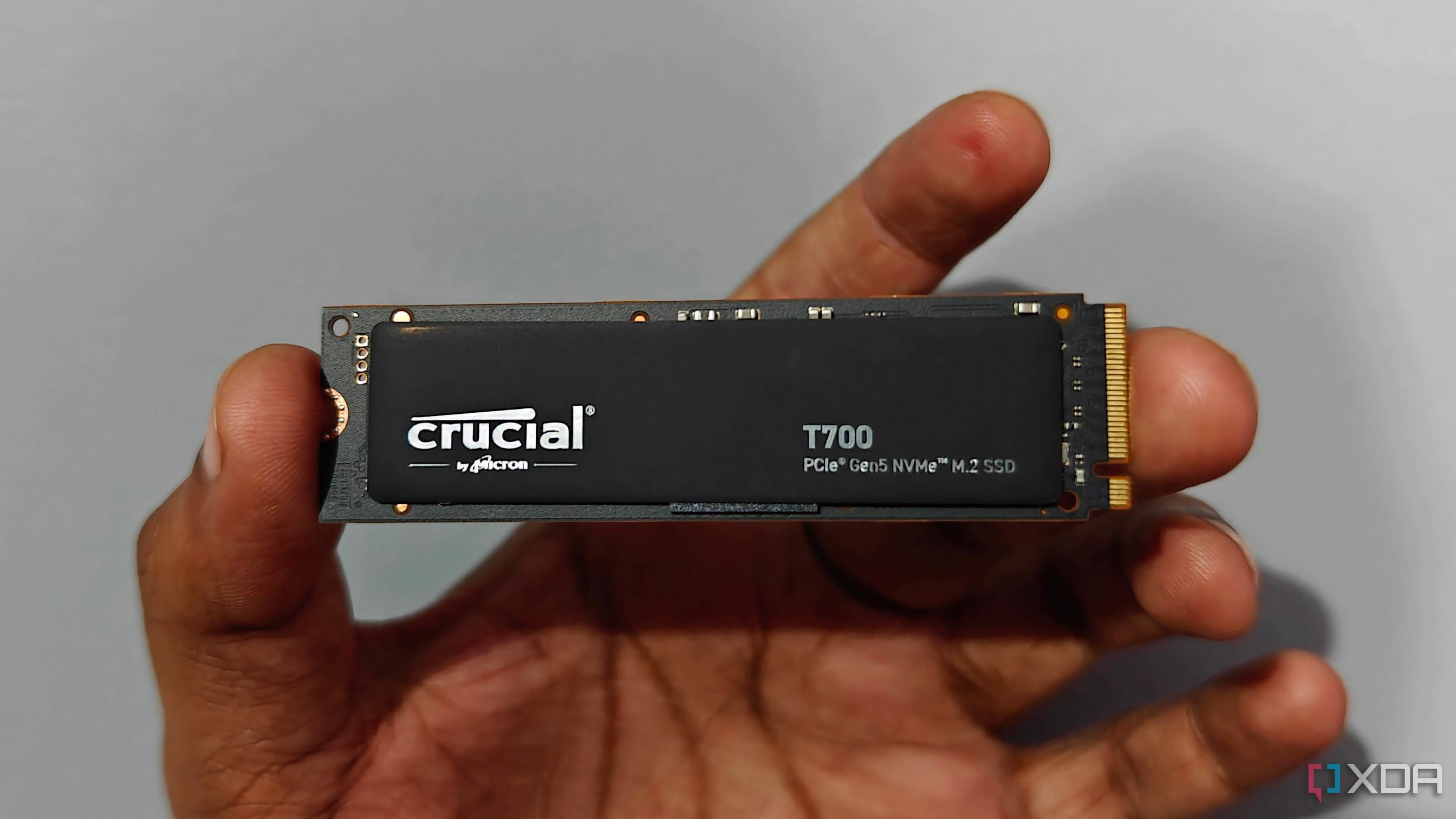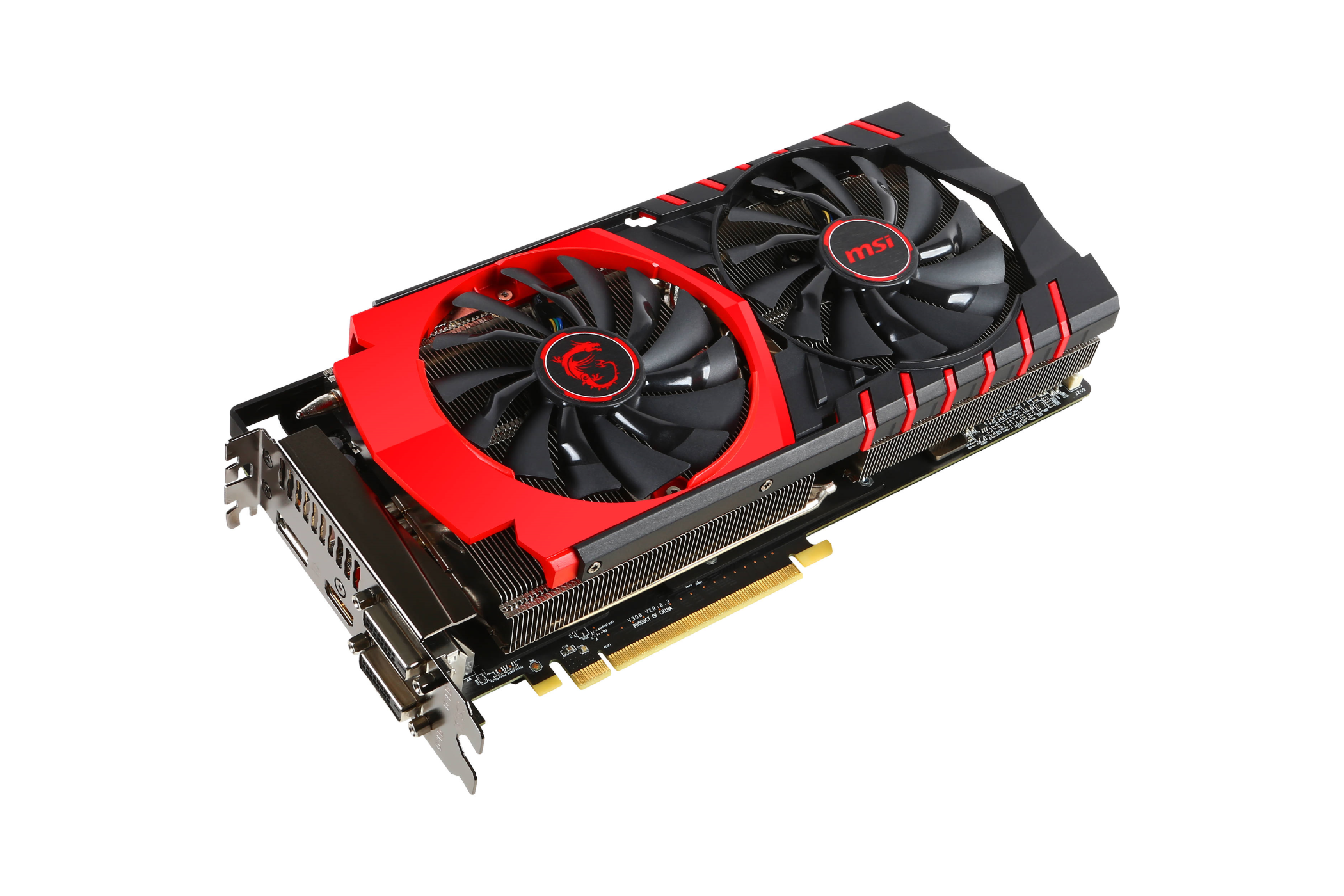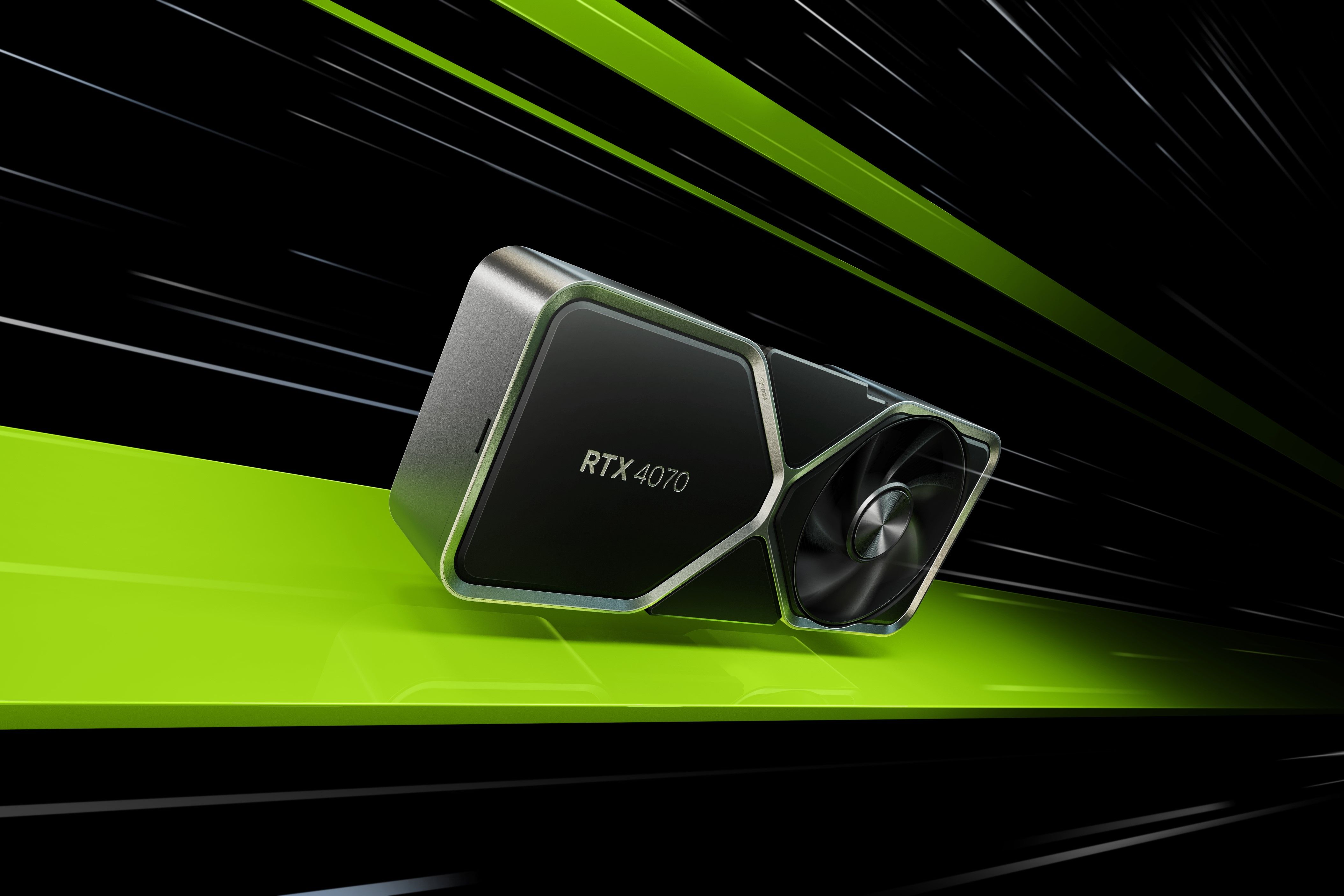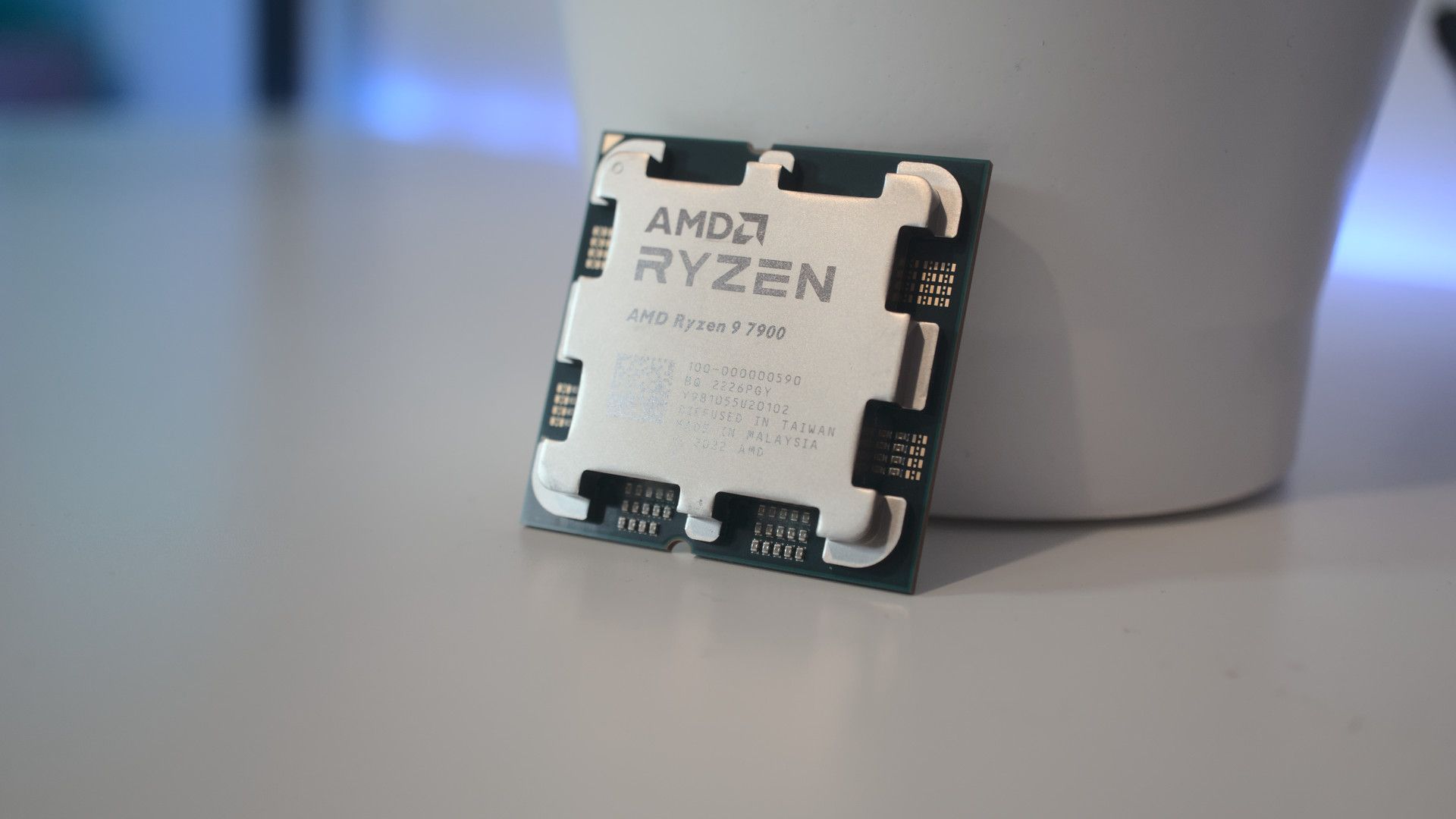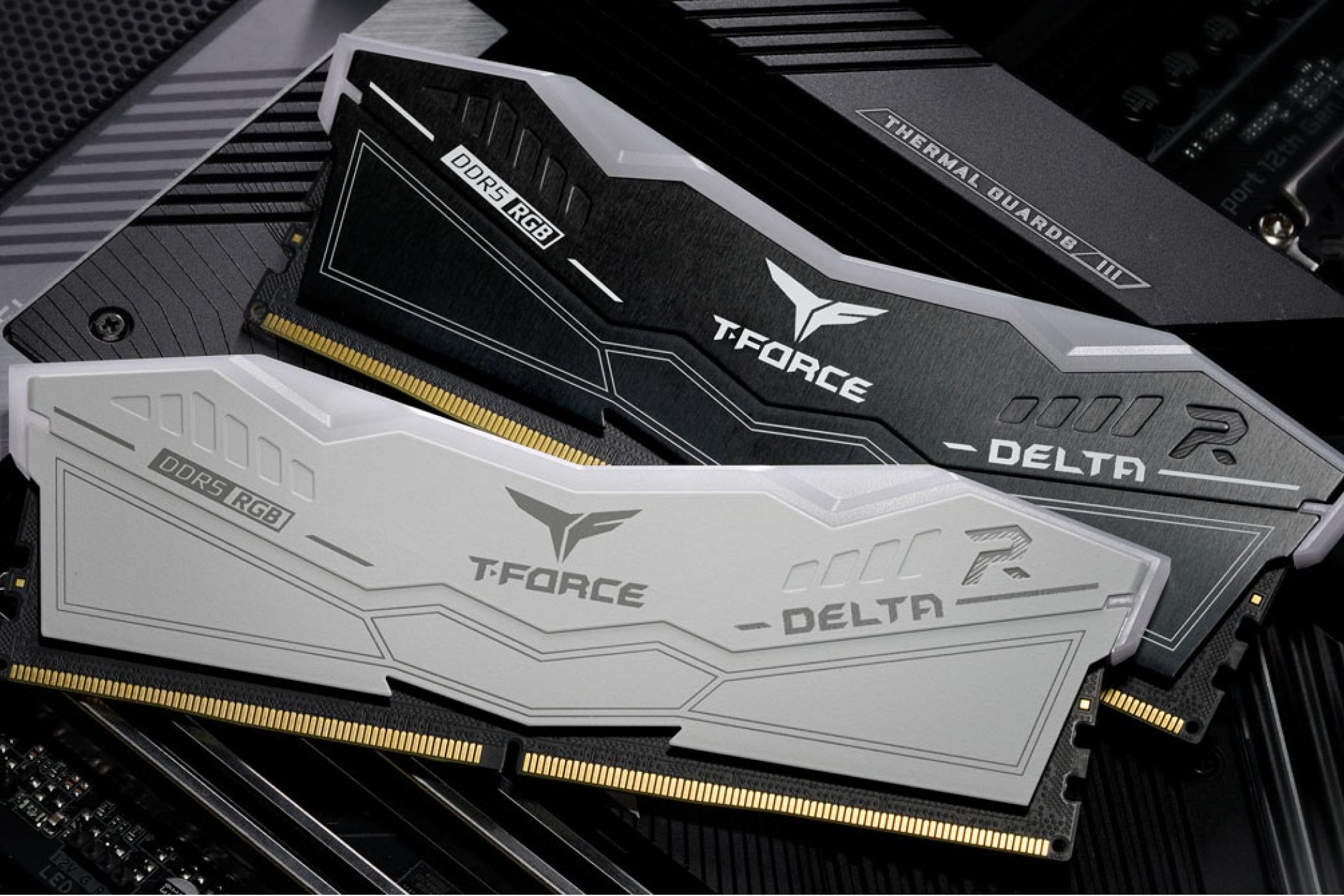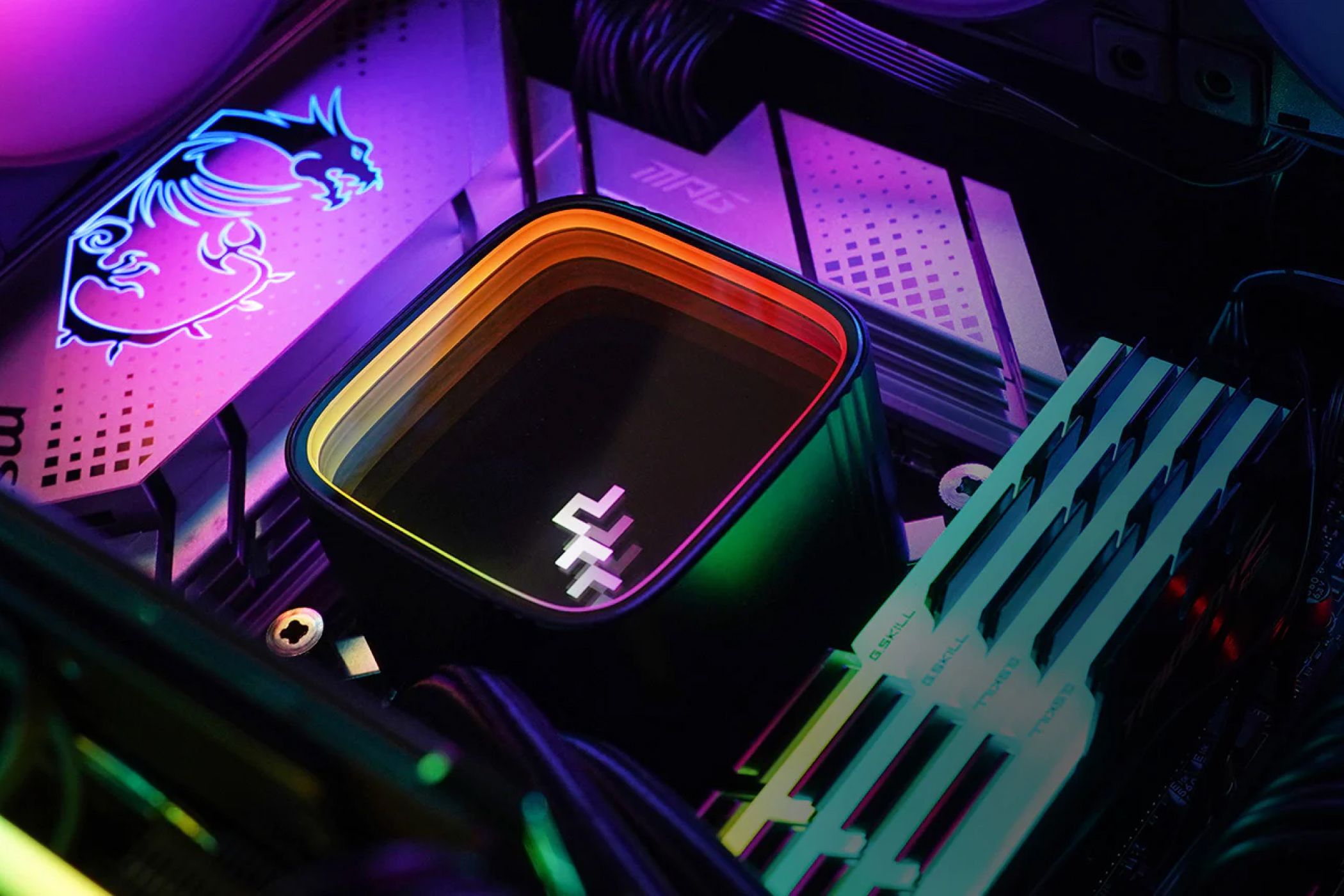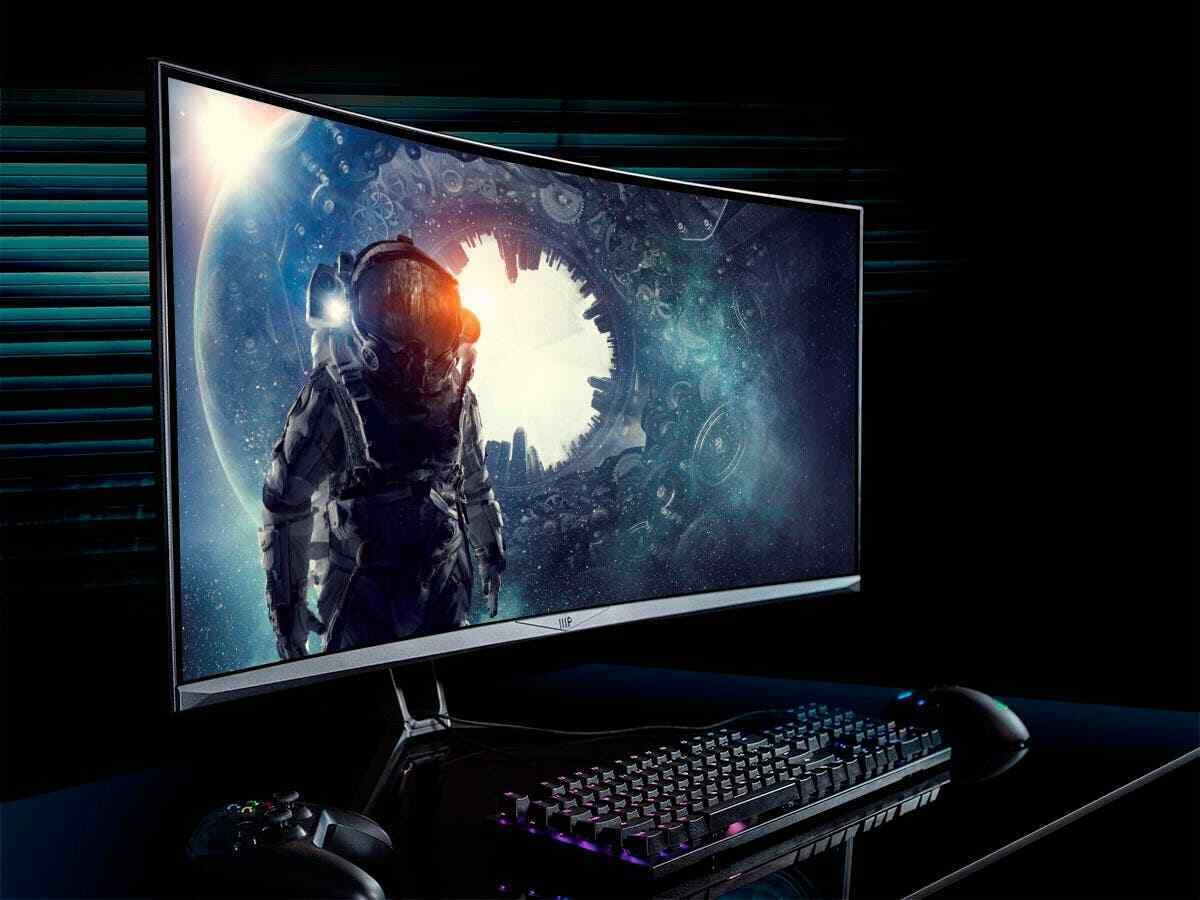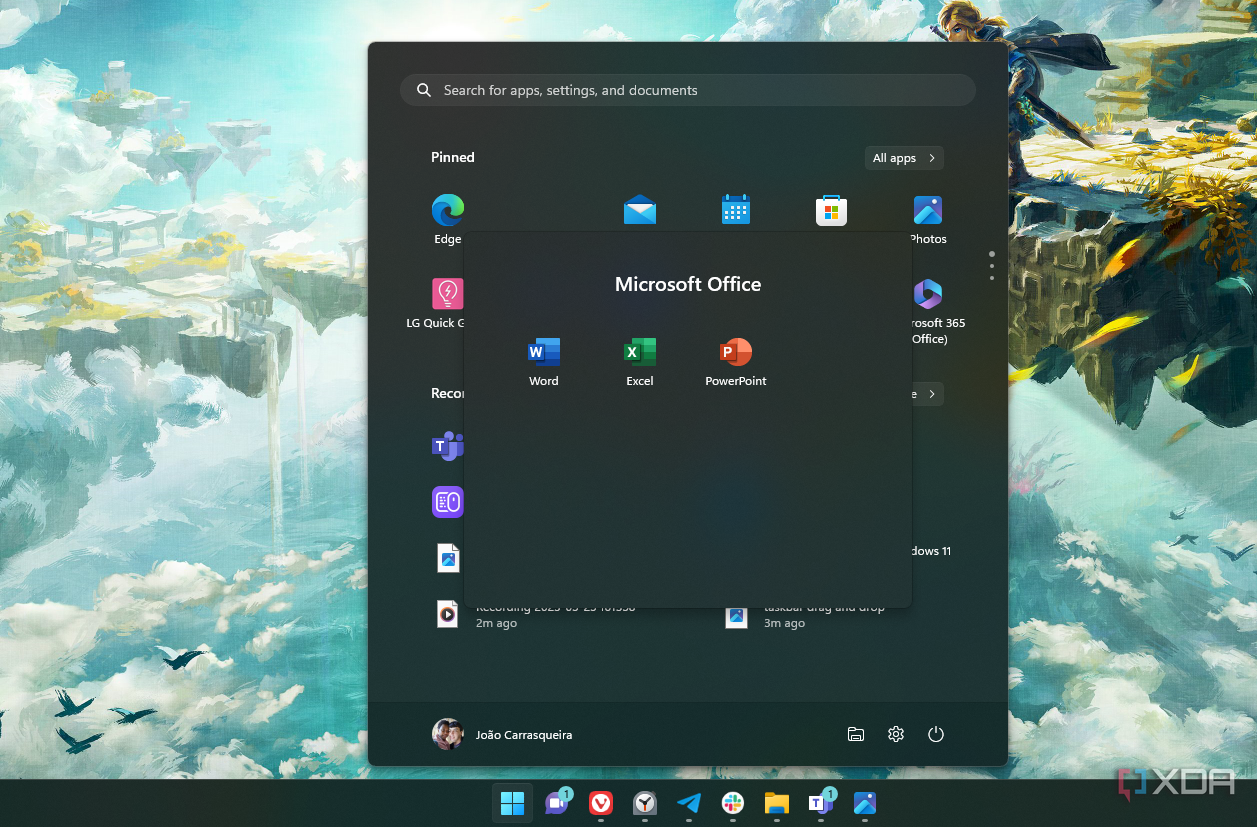The urge to upgrade your PC can often turn into a rabbit hole of never-ending research, unnecessary anxiety, and, ultimately, bad purchases. The allure of getting your hands on a shiny new graphics card or the latest CPU is tempting, but if your upgrade decisions are not guided by a focus on your specific use case, you can end up with decisions that are hard to take back.
Upgrading your PC is an inevitable and ongoing process that could last for well over a decade, so it's important to learn how to prioritize upgrades for your PC. Whether you've built a computer yourself or own one of the best pre-built gaming PCs, you can easily install upgrades yourself. With this PC upgrade priority guide, you'll know exactly which parts will net you the biggest and most tangible performance gains for your use case.
1 Upgrade to an SSD: Leave the dark ages behind
You might know this already, but if you don't, switching to an SSD from an HDD is the single-biggest performance jump you can make on a PC. If you still have a trusty ol' spinning hard drive in your desktop PC or laptop, a much faster SSD is the most obvious upgrade recommendation. It will bring unprecedented responsiveness to your system, especially if you install your operating system on it and want faster boot times. This is because SSDs operate on flash memory instead of magnetic disk platters and moving parts, so they're much smaller and can move much faster.
And looking at the current storage prices, SSDs aren't as expensive as they used to be. You don't need to spend a lot on one of the best SSDs, either. Even a cheaper SATA SSD will be over three times faster than a 7,200 RPM hard drive. You can buy a decent 250GB SATA SSD for your operating system for as low as $15. Even if you have tons of data on your hard drives, you can get a 1TB SATA SSD or even NVMe SSD for less than $40. An SSD will not just make your system snappier and newer, it'll also benefit actual workloads during gaming, editing, rendering, or simply data transfer. Keep in mind, that SSDs with DRAM will tend to perform better in scenarios where you need sustained high write speed, like copying multiple files or using applications like Adobe Photoshop. For most users, though, DRAM-less SSDs will be just fine.
So, there's really no excuse to keep your system on life support any longer. Back up all your data on your ancient HDD, give it a proper send-off, install a new SSD, and join the rest of us in the modern age.
2 Get a new graphics card: Unlock visual horsepower
Outside of storage, most modern PCs you buy will likely skimp on a good graphics card to save costs. If you bought a pre-built PC in the sub-$1,000 range in the last three to four years, chances are that the GPU in your system is anything but high-end. And if you built one yourself, you wouldn't have managed to squeeze a decent graphics card into your budget, considering the pricing hell we witnessed after the pandemic hit. This makes the graphics card the next likely component in your PC that might need upgrading.
Installing a graphics card in your PC is largely a plug-and-play endeavor, as long as you aren't running an ancient processor that'll bottleneck your GPU performance. You simply need a PCIe 3.0 slot on your motherboard and enough room in your case to fit the card.
Upgrading your GPU is a costly affair. The latest RTX 4000 series and RX 7000 series graphics cards from NVIDIA and AMD respectively have seen huge markups compared to the previous-gen cards. Thankfully, it doesn't hurt to buy a card that's a generation older if it packs enough power for your use case and saves you a pretty penny. When you've decided to upgrade, it makes much more sense to jump from an RTX 2000 series card to an RTX 4000 series card, instead of getting an RTX 3000 series card. This is because successive generations of GPUs don't usually offer a performance bump that can justify the price premium you'll pay for them. Although, you can definitely consider the RTX 3000 series if you're still rocking the GTX 1000 series.
Upgrading to a significantly more powerful graphics card will almost always have a bigger impact on performance compared to buying a more powerful CPU, especially for gamers. If you're a serious gamer running a card less powerful than the RTX 3060 or RX 6600 XT, they're going to be just enough for maxing out your 1080p monitor. If you want to upgrade to 1440p high-refresh-rate gaming, then you'll need to get at least an RTX 3060 Ti or an equivalent graphics card. For those of you desiring a no-compromise 1440p or 4K gaming experience, you'll probably need one of the best GPUs available.
On the other hand, if you're a professional or enthusiast user and need all the GPU horsepower you can get, you should simply go for the best i.e. the RTX 4090. Even the RX 7900 XTX is a beast of a graphics card, and considering it costs nearly half of the RTX 4090, it should definitely be on your radar. You might also want to choose from the best PC power supply units if your current PSU isn't enough to handle the graphics card you're upgrading to.
3 Move to a modern processor: Keep things fresh
Upgrading your CPU is slightly more complicated than swapping out your storage or graphics card because, depending on the processor you're upgrading to, you might need a new motherboard and, possibly, new RAM. It's also more complicated and cumbersome to install a CPU on the motherboard. Lastly, a new processor doesn't always net huge performance gains in your workload unless you're jumping between multiple generations of CPUs. In most cases, you'll probably see a minor FPS boost in games and, depending on your productivity workloads, a small to medium performance increase.
But this doesn't mean a processor upgrade is any less important. CPUs might last for a long time before you really need an upgrade, but running an older CPU might hold the overall performance of your system back. For instance, a 4-core processor is likely to bottleneck your modern graphics card. Similarly, for other multi-threaded workloads, you might need to upgrade to one of the best CPUs of the day for impressive performance. Jumping to AMD's latest Ryzen 7000 processors will require you to buy a new AM5 motherboard and DDR5 RAM. Hence, upgrading your CPU should only be done after careful consideration of your use case and your upgrade budget.
4 Upgrade your RAM: More speed and capacity
It's commonly known that insufficient RAM amounts to lackluster performance on PCs. Any computer needs enough memory to accommodate all running programs. Otherwise, you'll experience delays in program execution. While this was more common on older systems that used to ship with 4GB or even 8GB of RAM, modern PCs with 16GB or more memory can handle almost any task, unless you have multiple heavy-duty programs running alongside multiple browser tabs open in the background. If your PC has less than 16GB of RAM, you should consider an upgrade. Installing RAM modules on the motherboard is fairly simple, too, as long as you have empty slots, and you're installing the same type and frequency of RAM as your existing modules.
Another reason for upgrading RAM could be the need for faster modules. On DDR4 systems, you don't really need to go beyond 3600MHz for optimum performance. DDR5 RAM modules, on the other hand, are newer and much faster, and you'll be fine with anything above 5200MHz, with 6000MHz being the sweet spot. It's important to note, however, that DDR5 RAM comes with an early adopter tax and is far costlier than DDR4 RAM. Unless you're building a new system from scratch, it might be prudent to go with a DDR4 RAM upgrade on your existing computer instead of switching to the newer standard. As we discussed above, a DDR5 RAM upgrade will require a DDR5 motherboard as well as a DDR5-compatible processor.
Faster RAM can net you some performance boost in games and other workloads, but the gains are slim. RAM capacity, generally, has a greater impact on your system performance than RAM speed. But, if you don't want to leave any performance on the table, buying one of the best RAM for gaming might make more sense for you.
5 Don't forget cooling: Avoid thermal throttling
You might have equipped your rig with a beefy CPU and graphics card, but without adequate cooling in your case, you might be losing performance. Modern processors, graphics cards, and even some SSDs have become quite power-hungry and need above-average cooling hardware to keep them from hitting their thermal limits. For Ryzen 7000 or Intel 13th-generation processors with 100W+ TDPs, you ought to upgrade to one of the best CPU coolers available. Stock coolers are fine if you're running a non-overclocked 65W TDP processor, such as the Ryzen 5 7600 or the Intel i5-13400. But, for more powerful chips, it's better to upgrade. Fortunately, you don't need to stretch for an expensive liquid AIO cooler; budget air coolers will be just fine for modern 6-core chips. As for graphics cards, try to get one that has decent thermal performance. Most non-FE cards from NVIDIA feature adequate heatsinks and cooling fans to keep things from getting toasty.
The story doesn't end with the CPU cooler. Your case should have sufficient airflow to be able to cool the other components as well as maintain a steady supply of cool air to support your CPU cooler and GPU fans. You could install the best case fans and invest in one of the best airflow cases if your system lacks sufficient cooling. Installing a CPU cooler is no longer a complicated process, even if you're working with a 360mm AIO.
6 Invest in peripherals: Enhance overall experience
Once you've considered the core components of your PC, from CPU and GPU to storage and RAM, you might want to look at quality peripherals. Things like a large high-refresh-rate monitor, mechanical keyboard, mouse with a high-grade sensor, and decent pair of headphones can go a long way in improving your overall PC experience and increasing your efficiency in both gaming and work scenarios. You might already have a stock keyboard and mouse and a 60Hz monitor that you consider more than enough for your usage. But upgrading each of them can greatly enhance your performance from a technical standpoint and tie a neat little bow around your otherwise high-end PC. For instance, buying one of the best monitors available will help you get a bigger, faster, more color-accurate display to experience the power of your PC.
Be careful when shelling out for a high-end 4K monitor, as it won't make much sense if you don't also have a high-end GPU that can churn out enough frames at 4K resolution. You should try to balance the monitor's resolution and refresh rate with the graphics card in your build so that you're not wasting dollars on something that doesn't "feel" like an upgrade.
Going a step further and investing in the best wireless keyboards, wireless mice, and wireless headsets can help you achieve a clean and clutter-free setup. These parts might be near the end of the priority list but don't underestimate the importance of good peripherals in boosting the value you derive from your machine.
7 Consider software upgrades: Newer is sometimes better
We've extensively covered the hardware side of things, but what about software? Your PC's performance also depends on the software you're running, from your operating system to the version of your favorite programs. You can consider finally leaving Windows 10 behind and installing Windows 11 on your PC. Windows 11 brings many performance improvements and quality-of-life features to users, such as DirectStorage for faster load times in games.
Apart from the operating system, you can also look at downloading the latest versions of programs like Microsoft Office, Adobe Photoshop, Blender, DaVinci Resolve, and more to leverage the latest features and productivity improvements. Another solid recommendation is to keep your drivers updated and install critical Windows updates as and when they arrive. This will keep your PC safe from security exploits and allow you to always extract the maximum performance from your system.
Upgrade or die: Make your choice
Well, it doesn't have to be that dramatic. But PC tech tends to get obsolete sooner than later, especially in the wake of today's product cycles. If you're someone who values top performance and wants to keep their PC up-to-date, you'll have to make important upgrade choices now and then. This guide will, hopefully, help you choose those upgrades wisely in a way that enables you to maximize the performance gains you generate.

